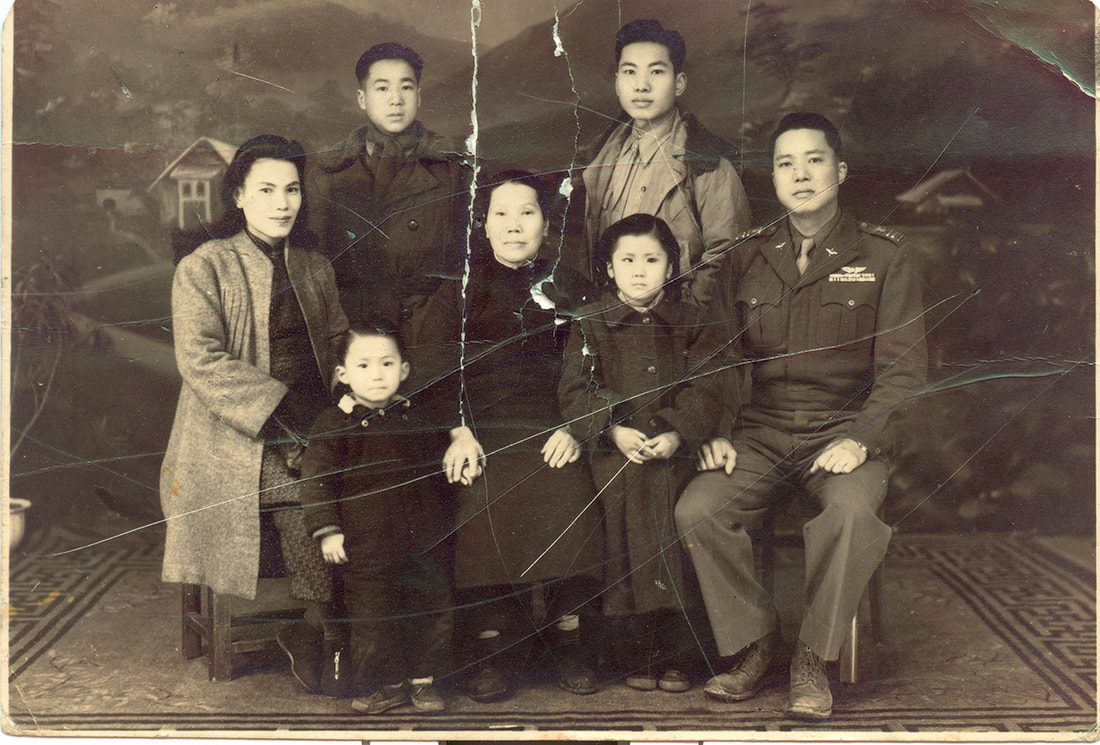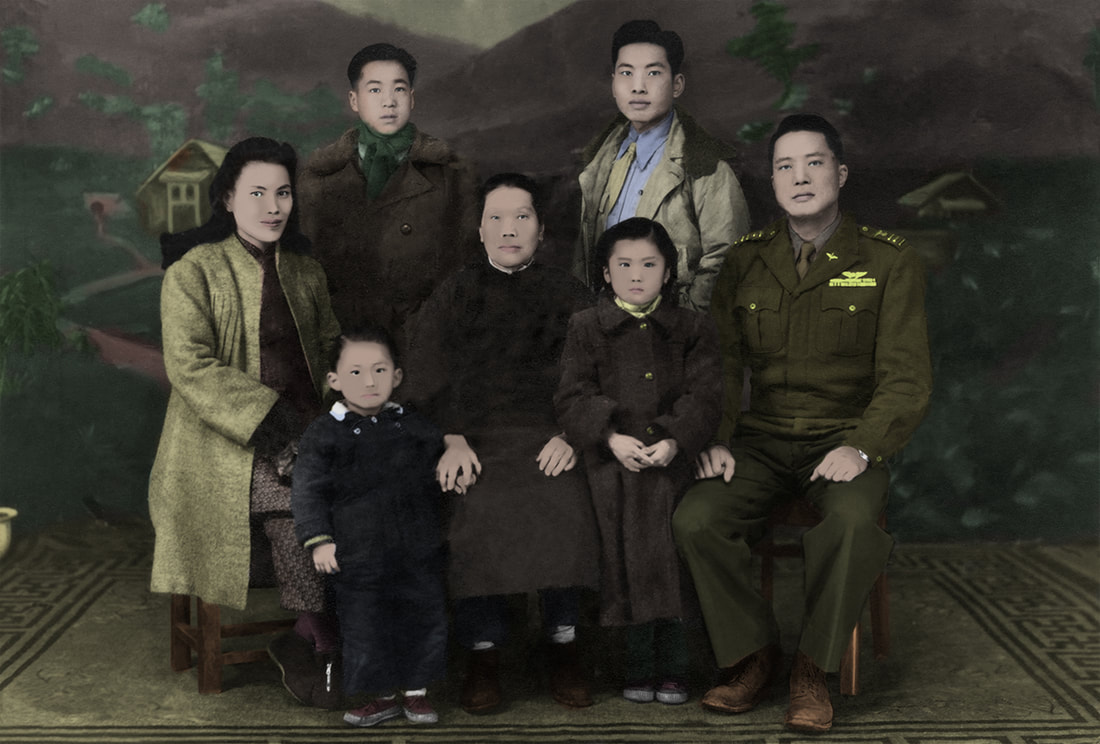Goal: Turn the commonplace into icons.
Context:
icon - n. -
- One who is the object of great attention and devotion; an idol
- An image, a representation
- An important and enduring symbol
- A representation or a picture of a sacred or sanctified personage
Pop Art - n. - A form of art that depicts celebrities or objects or scenes from everyday life and employs techniques of commercial art and popular illustration.
- Started in the late 1950s and early 1960s.
- Reaction to Abstract Expressionism (by artists such as Jackson Pollock), the non-representational art of the previous decade.
- Marked by a fascination with popular culture.
- Showed admiration for the energy and simplicity of commercial images.
- Commented on the media's growing influence on American life.
- In celebrating everyday objects, the movement turned the commonplace into icons.
- Mocked the established art world by appropriating images from the street, supermarket, & mass media, and presented it as art in itself.
- Transformed objects from popular culture.
- Helped us to see the world around us with fresh eyes - revitalized cliched images.
- Employed techniques of commercial art and popular illustration.
- The leading artists in Pop Art were Andy Warhol, Roy Lichtenstein, Roy Hamilton, Jasper Johns, Robert Rauschenberg, and Claes Oldenburg.
Project:
Create a series of four artworks based on a single well-known image of a celebrity or ubiquitous ("existing or being everywhere") product, using the path tools in Photoshop.
- The celebrity may be from popular entertainment, news, sports, or other.
- The artworks will be "built" using paths, layers, saved selections, and any other Photoshop tools and
- techniques in your repertoire.
- Each artwork will be accurate in likeness to the original image in regards to lines and shapes, but your selection
- and creation of new color relationships are where you will prove yourself as an artist.
- Your conscious selection of color should be both aesthetic ("beautiful") and expressive.
- Your take on the original image should make the person or product appear 'larger than life'.
- View examples of student work on the Galleries page of this Web site.
Objectives:
- Gain an understanding of the methods and content of Pop Art,
- Develop skills in accuracy and precision with some of the following tools and techniques of Photoshop:
- Paths
- Pen tool
- Saving/loading selections
- Strengthen your aesthetic concerning the effects of color relationships (Color Theory).
- Develop a more exploratory attitude in your art-making. EXPERIMENT!
PROCESS:
Prep:
- Experiment with the pen tool, paths, and saving/loading selections.
- Discuss Pop Art.
- Read Scholastic Art and Art & Man magazines on Andy Warhol and Roy Lichtenstein.
- View paintings by Warhol and Lichtenstein online.
- Locate 21st Century iconic image - You may digitally photograph it, scan it, or download it.
Begin:
1. Create a new document in Photoshop:
- Resolution: 300 ppi
- Dimensions: at least 7.5 x 10"
- Color mode: RGB
3. Stroke and fill the paths
NOTE: Be sure to use several layers, for easy adjustments later.
4. Review basic color theory: neutral, monochromatic, analogous, complementary/ contrasting, triadic
5. Apply understanding of color theory to a series of images using the previously drawn paths.
6. Experiment with expressiveness through color relationships in the image.
7. Save each image (of series) as: "pop(1, 2, 3, or 4) yourlastname" in PSD, TIF, and JPG formats
View student exemplars here:


 RSS Feed
RSS Feed
